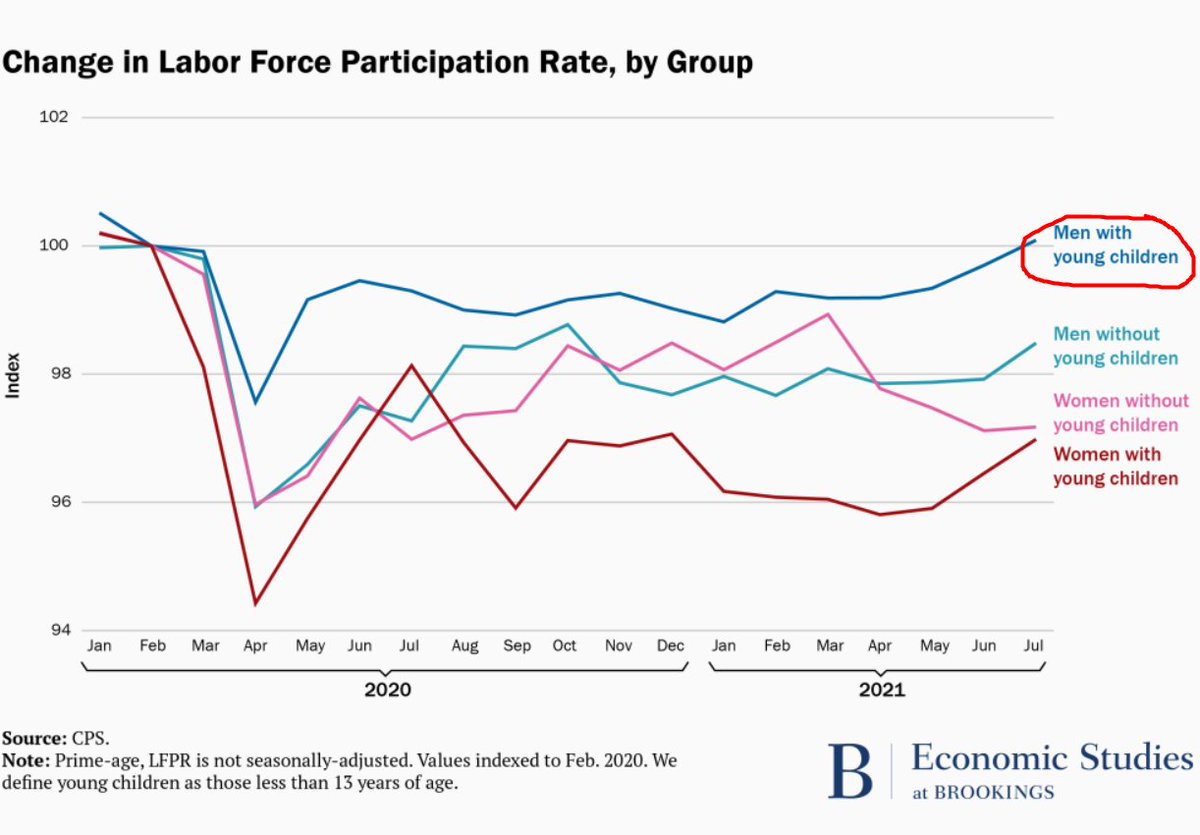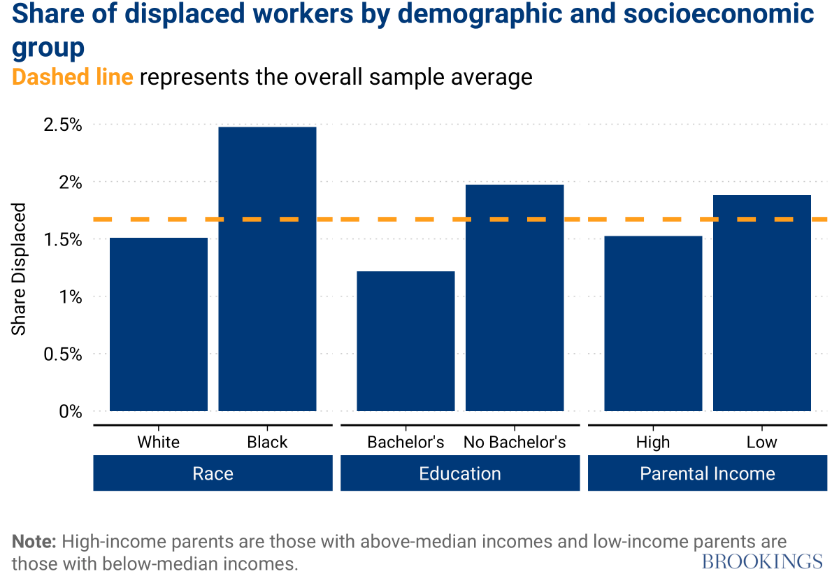1/7 The male suicide rate is 4 times higher than the female rate across age ranges, as we show in a new @aibm_org research brief. There were 40,000 male suicide deaths in 2022, almost as many as from car accidents. This is a crisis.
#InternationalMensDay aibm.org/research/male-…

#InternationalMensDay aibm.org/research/male-…

2/7 As we note: "If men’s suicide rates had matched those of women, approximately 545,000 fewer men would have died by suicide since 1999, a figure exceeding the populations of major cities like Atlanta or Omaha."
aibm.org/research/male-…

aibm.org/research/male-…

3/7 The male/female gap in suicide risk is significantly wider than any other disparities eg. veterans/non-veterans, Native/non-native, rural/urban, older/younger aibm.org/research/male-…


4/7 Male suicide rates have risen by 40% since 1999. A big rise can be seen for all male age groups since that date, except the over-65s: aibm.org/research/male-…

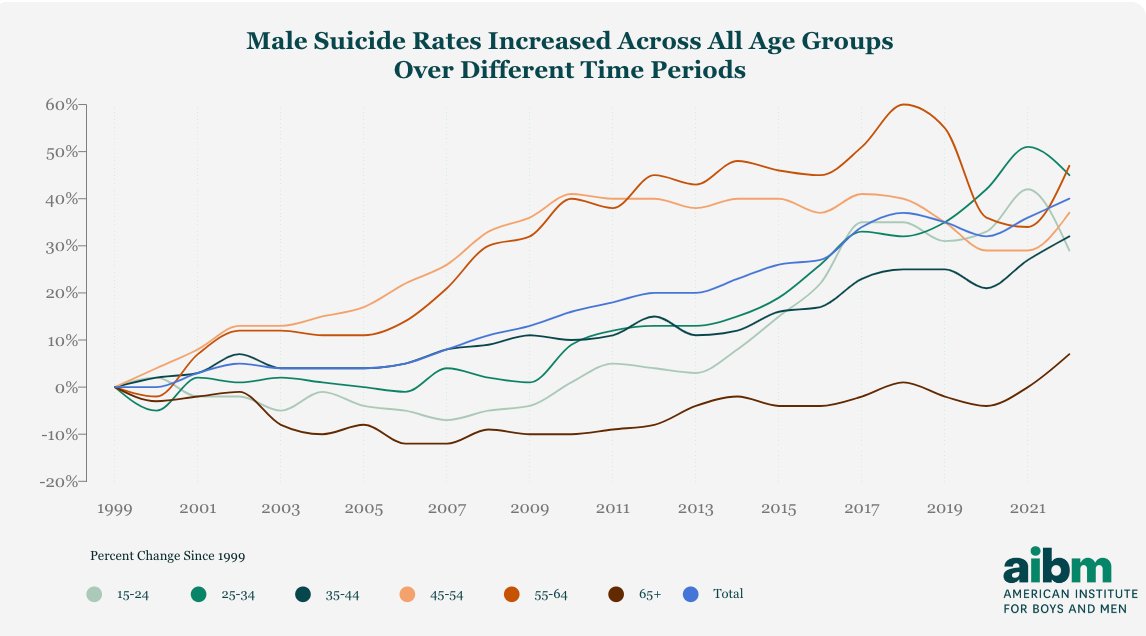
5/7 BUT, importantly: From 1999-2010 the big rise in suicide rates was among middle-aged men, tracking the rise in "deaths of despair".
Since 2010 the rise in suicide has been among YOUNGER men, up by 34% for men aged 25-34 just in that short period: aibm.org/research/male-…

Since 2010 the rise in suicide has been among YOUNGER men, up by 34% for men aged 25-34 just in that short period: aibm.org/research/male-…
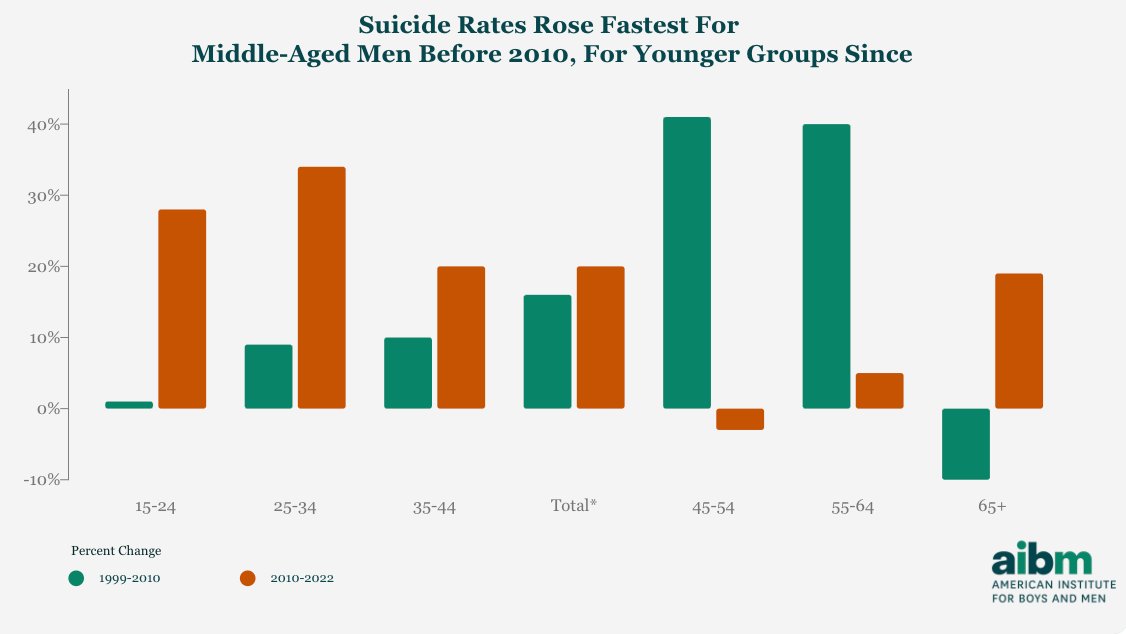
6/7 Native and white men are at highest risk of suicide, showing the need for intersectional analyses of these trends (and in future work we'll be digging in more on these trends by race and ethnicity): aibm.org/research/male-…

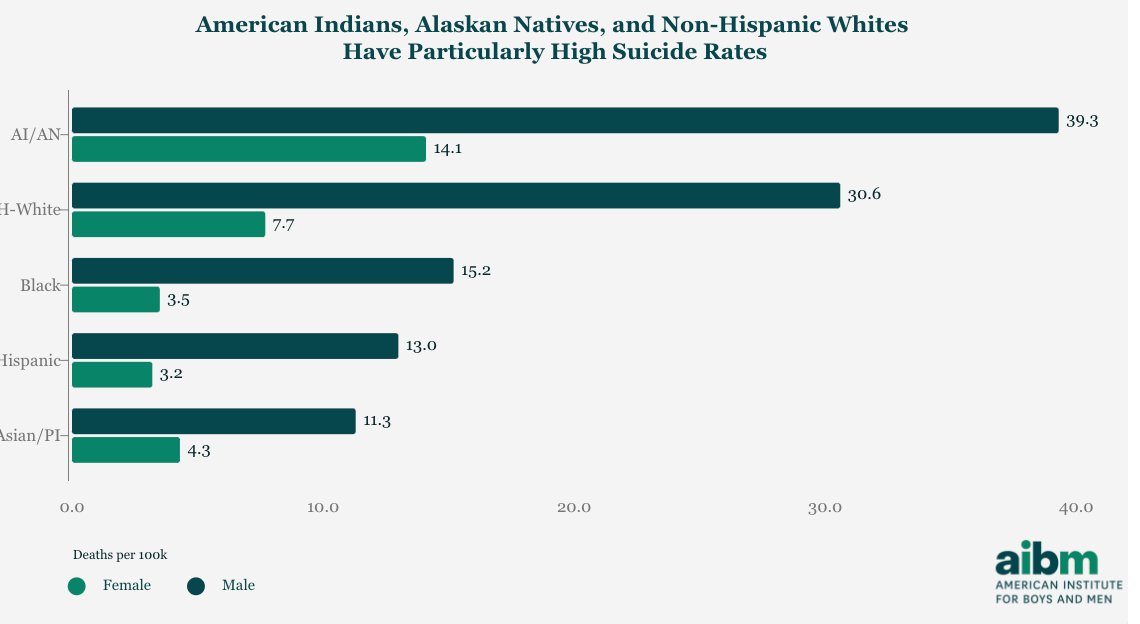
7/7 The massive loss of life to male suicide is a national crisis, and related to the general mental health crisis for men and women, especially the young. Follow @aibm_org & sign up for our newsletter to follow our work on this issue and many others aibm.org
• • •
Missing some Tweet in this thread? You can try to
force a refresh

 Read on Twitter
Read on Twitter






